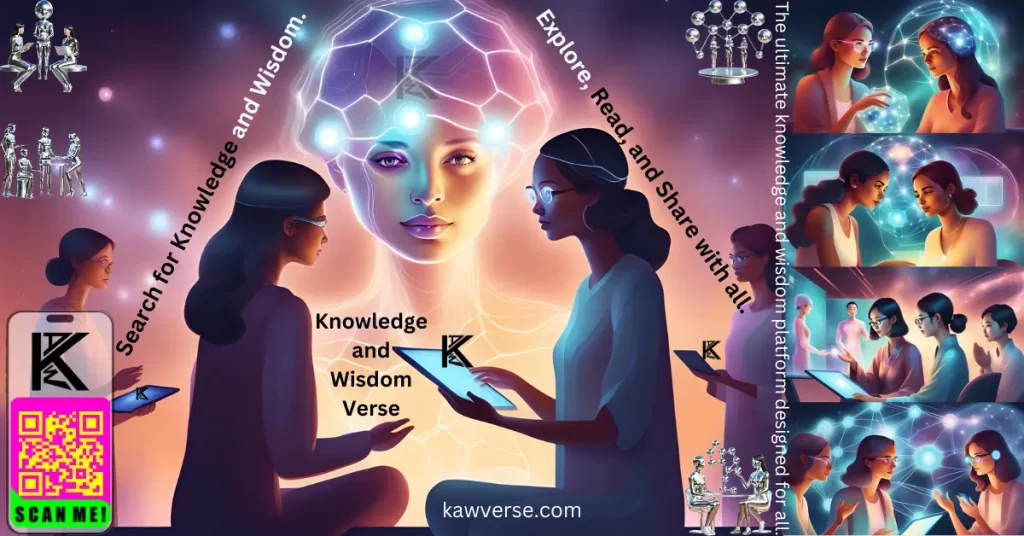The alphabet—a fundamental cornerstone of human communication—is composed of letters that shape the way we speak, write, and think. Among these letters, P holds a significant place. Whether you’re a student, a language enthusiast, or simply curious, understanding the nuances of the letter P can enhance your linguistic knowledge and appreciation. This article explores the definition, applications, and relevance of the letter P while providing actionable insights for diverse audiences.
Benefits of Reading This Article
- Gain a deeper understanding of a core linguistic element.
- Discover practical applications for P in everyday and professional contexts.
- Enhance your phonetic and linguistic skills.
- Appreciate the cultural and historical significance of P.
- Stay informed about emerging trends involving the letter P.
Definition of the Letter P
P is the 16th letter of the English alphabet, a consonant characterized by its distinct plosive sound. In phonetics, the letter is classified as a voiceless bilabial stop, meaning the sound is produced by blocking airflow at the lips and releasing it with a slight burst. For example, the word “pen” begins with this sharp, crisp sound.
Examples of the Letter P in Action:
- Basic Words: Pen, Pot, Place, Plan.
- Prefixes: “Pre-“ (as in predict), “Post-“ (as in postscript).
- Proper Nouns: Paris, Peter, Patagonia.
The versatility of P makes it essential in many contexts, from everyday speech to specialized disciplines.
Target Audience
This guide is designed for:
- Beginners: Individuals new to the English language who wish to build foundational knowledge.
- Intermediates: Those familiar with the language but eager to deepen their understanding of letter applications.
- Experts: Linguists, educators, and researchers exploring the historical, phonetic, and symbolic dimensions of P.
Applications and Real-World Use Cases
The letter P is not merely an abstract symbol; it has practical applications across numerous fields:
1. Linguistics and Language Learning
- Essential in forming root words, prefixes, and suffixes.
- Critical for pronunciation lessons in English as a Second Language (ESL) programs.
2. Science and Mathematics
- Represents pressure in physics and momentum in mechanics.
- Denotes probability in statistics, an essential concept in data science.
3. Technology and Coding
- Found in common programming terms (e.g., Python, PHP).
- Symbolizes parameters and variables in coding frameworks.
4. Pop Culture and Branding
- Popular in brand names (e.g., Pepsi, Puma).
- Frequently used in music, art, and media (e.g., the “P” in “MP3” signifies “Playback”).
Relevance and Importance
Why is P significant in today’s world?
- Global Communication: The letter is foundational in the English language, a global medium for business, education, and culture.
- Technological Integration: As coding and STEM fields dominate, symbols like P play an integral role in learning and application.
- Cultural Impact: From street signs to marketing slogans, P’s presence shapes modern visual and verbal communication.
Current Trends:
- AI Language Models: Tools like GPT highlight P’s prevalence in generating meaningful content.
- Phonetics Research: Increased focus on how letters like P affect accents and dialects.
Types and Subtopics
Exploring the different contexts in which P appears:
1. Phonetics and Sounds
- Voiceless bilabial stop (e.g., pat).
- Silent P (e.g., pneumonia).
2. Symbolism in Literature
- P is used metaphorically (e.g., “P for Perseverance”).
3. Historical Perspectives
- Derived from the Greek letter Pi (\u03a0), symbolizing mathematical precision.
- Used in Latin script, influencing modern alphabets globally.
Key Takeaways
- P is a versatile letter with a voiceless bilabial stop sound.
- It has applications in linguistics, science, technology, and culture.
- Its historical roots in Greek and Latin enhance its significance.
- Modern trends, such as AI and STEM education, amplify P’s relevance.
FAQs About the Letter P
Q1: Why is P silent in some words (e.g., pneumonia)? A1: The silent P often arises from Greek origins, where the combination of letters (e.g., “pn”) was pronounced differently.
Q2: What is the significance of P in science? A2: P represents pressure, momentum, and probability, all critical concepts in physics and mathematics.
Q3: How is P used in branding? A3: Companies leverage P for its simplicity and memorability in logos and names (e.g., PayPal).
Next Steps and Future Directions
- For Beginners: Practice words starting with P to improve pronunciation.
- For Intermediates: Explore its phonetic variations and silent forms.
- For Experts: Delve into P’s role in advanced linguistics or mathematical applications.
Future Trends:
- Increased focus on silent letters in linguistic studies.
- The evolution of P in digital communication and AI tools.
Conclusion
The letter P is far more than just a symbol in the alphabet; it is a cornerstone of language, culture, and science. From its phonetic properties to its applications in technology and branding, P embodies versatility and significance. Embracing its nuances can deepen our understanding of communication and inspire us to explore the broader world of linguistics and beyond.


Leave a Reply
You must be logged in to post a comment.